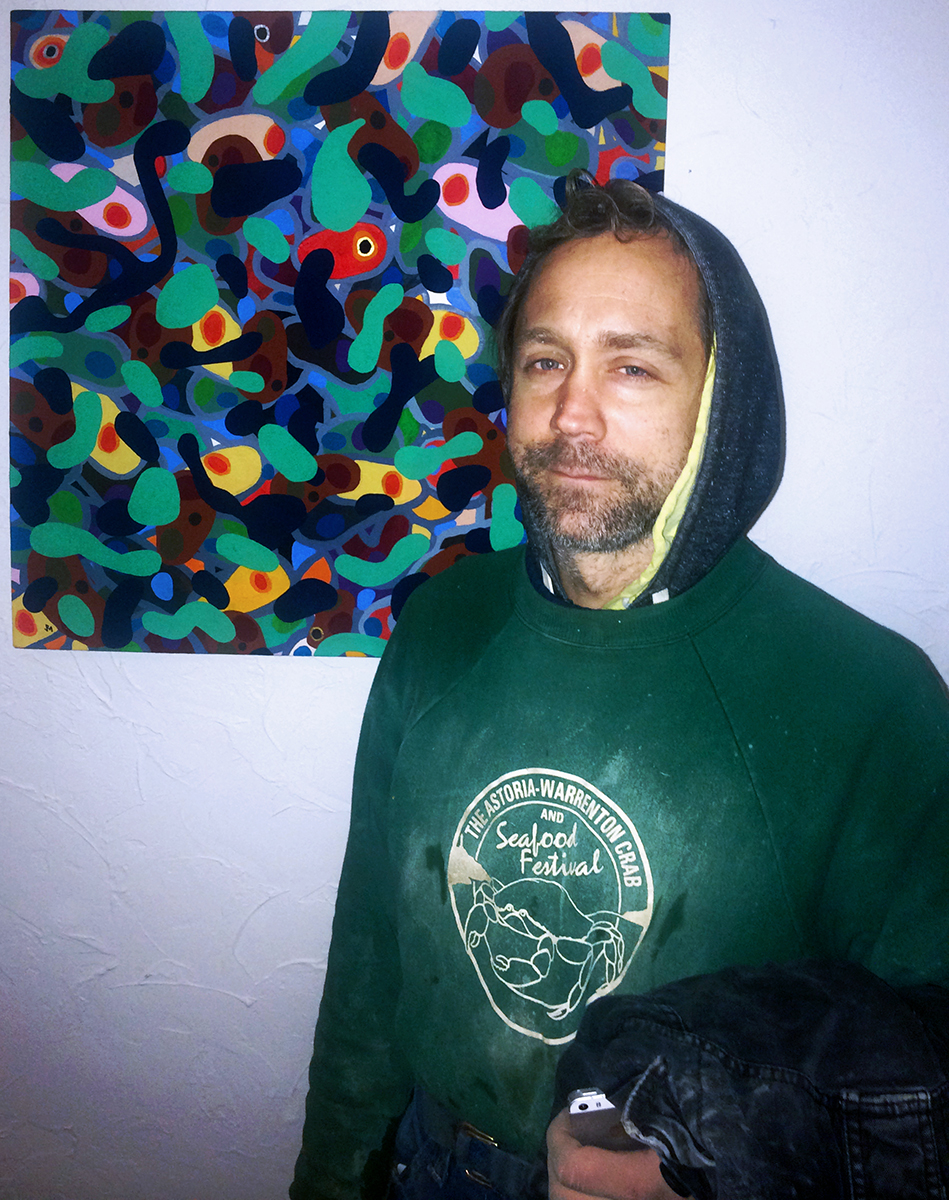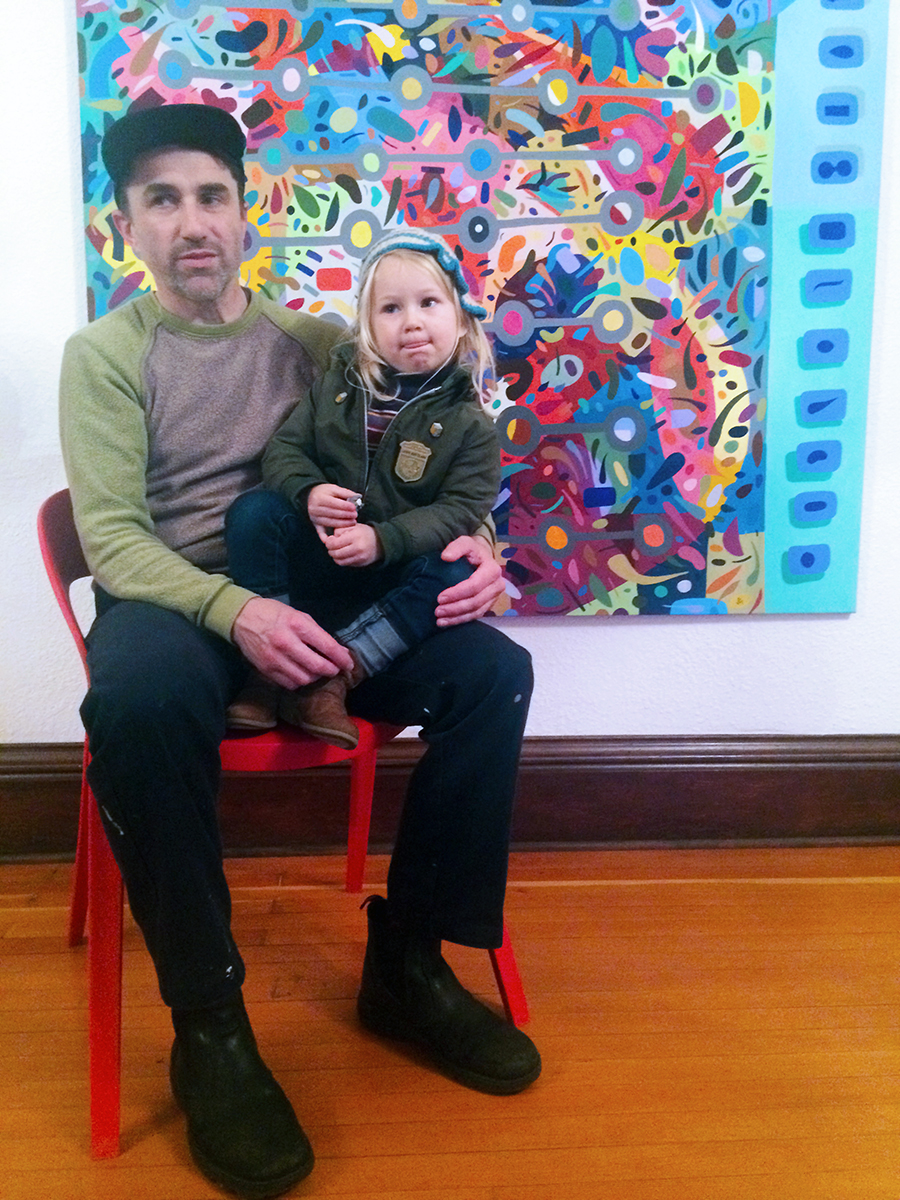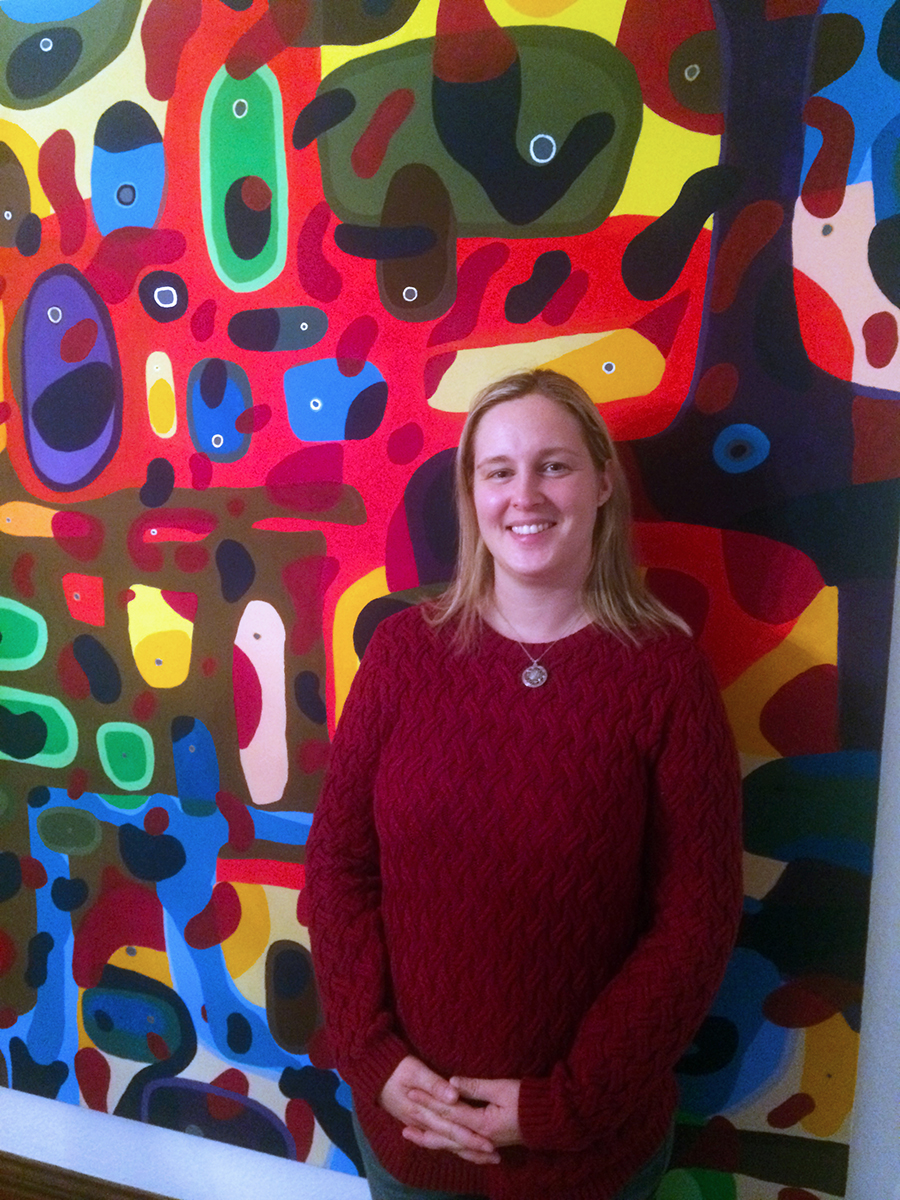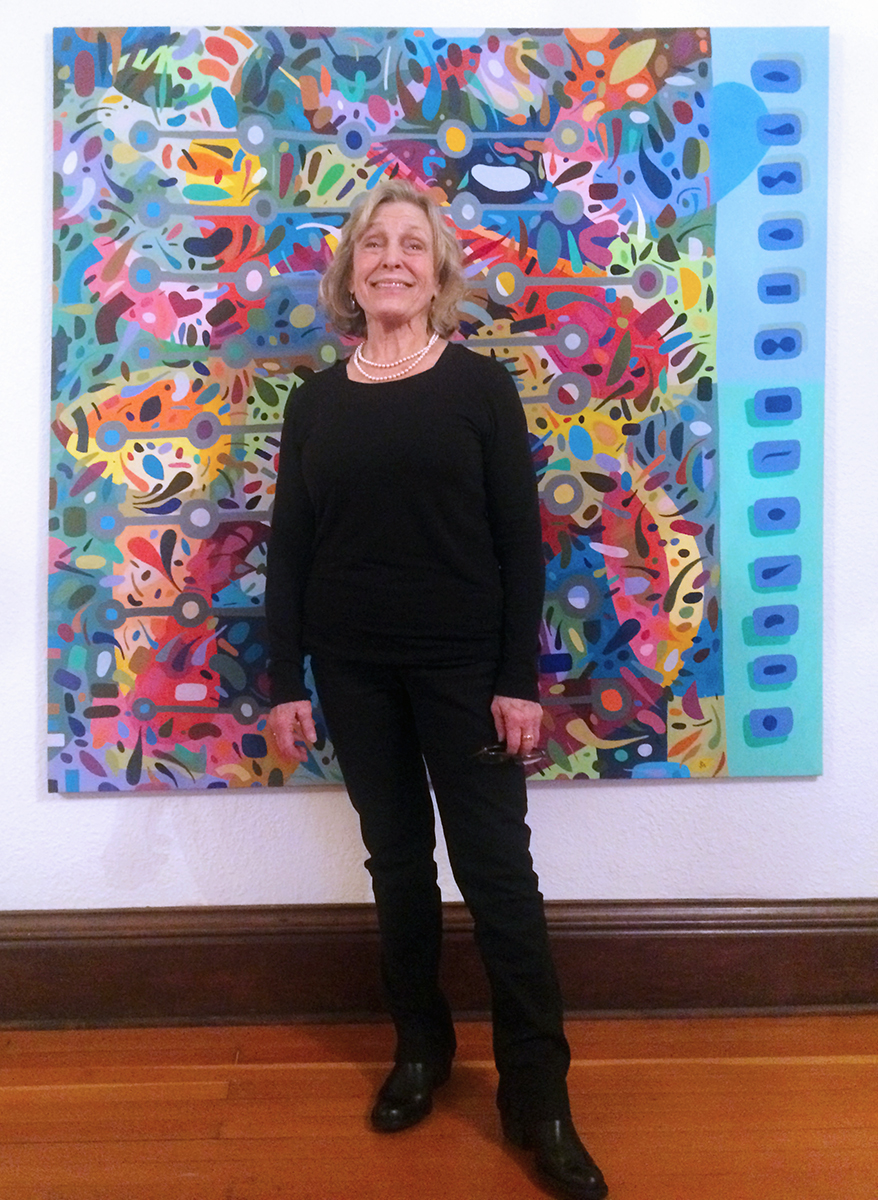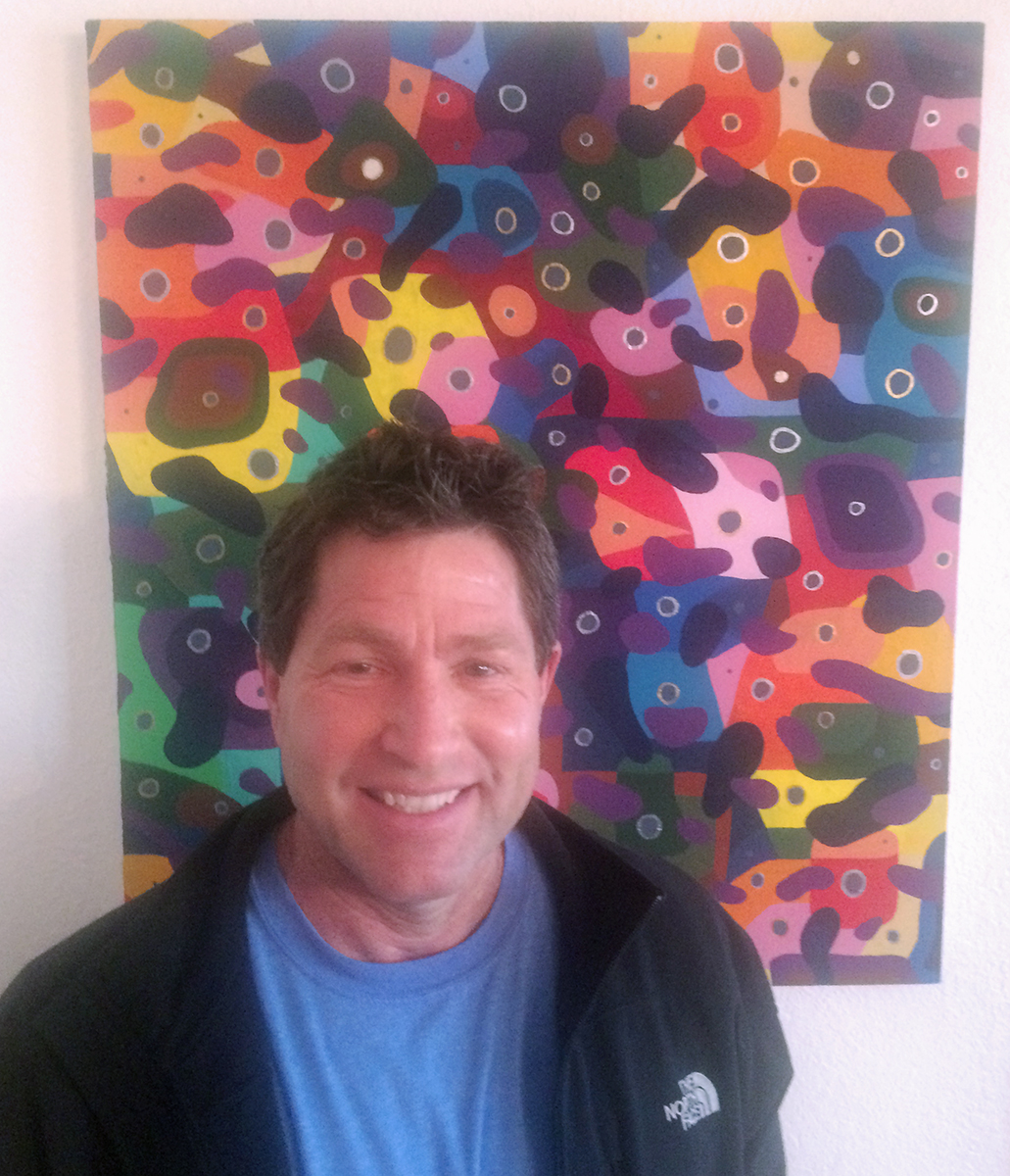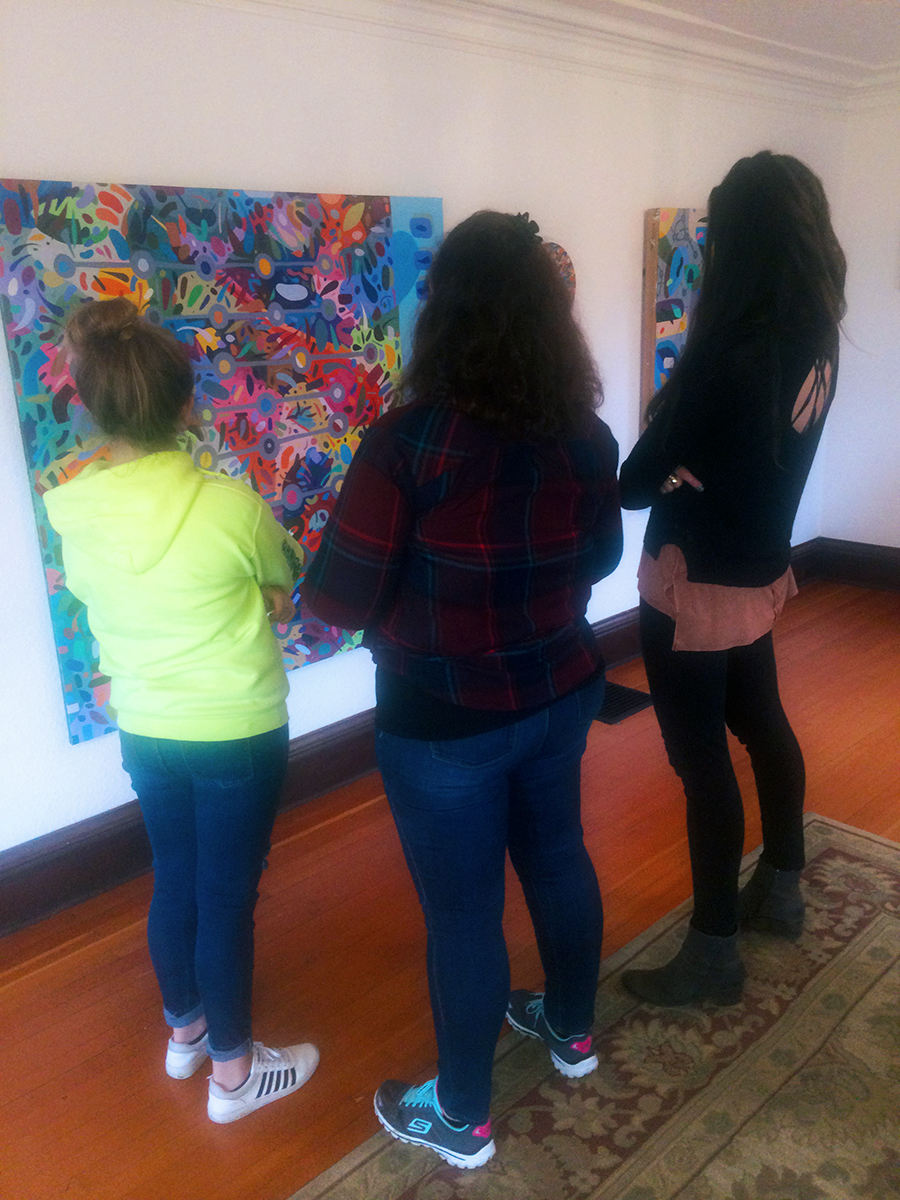PART TWO
Smart Home #6 / 1200 x 1200 pixels
1
The consumer technology industry conducted a wide and broad push to sell the Smart Home concept. The foundation for the campaign in part was a massive shift to Cloud computing. The Internet of Things, Smart Cities, Driverless Vehicles, Drone Delivery Systems, Google Glass and so on, are initiatives backed by fortunes networked into syndicates to establish tech-visionary futures IRL. The creation of these pervasive dimensional systems to some extent requires the displacement of preexisting systems. For example, the Constitutional guarantees of privacy are an impediment to free data exchanges upon which the data-extraction/-exploitation models of the current monopolies and many networked companies depend. Deals are being forged among and between wealthy, powerful conglomerates and governments, components of which are projects that may define how much of the developed world operates. Key aspects of the negotiations include communications and media systems, electronic infrastructure, cybersecurity, national and international regulations on multiple fronts, profit and cost distributions, definitions of labor, energy allotments and so on. Most critical are understandings on public and private domain.
2
The inversion of the domestic is a defining characteristic of the era. Home is a complex formulation for the creation of individuality, in its relations to ascending orders of collectivity. The ideal home is a construct that drives much of the modern imagination and is essential to the realization of “the American Dream.” Magazines and media programs are devoted to the subject. Significant portions of the market economy are driven by home purchase, furnishing, maintenance and fueling. The configuration of family to fit the conception of a “perfect home” bends the imaginary toward familial and domestic benchmarks that are at the least difficult to attain. The images propagated into the perceptual media flow defining our families and homes are problematic and require substantial critique to parse, much less validate. The wild claims of the futurists in domestic network technologies regarding the value of IoT and Smart Homes etc. echo those for time-saving devices of post-War/mid-century appearing in ads on TV and in daily or monthly periodicals, appealing to house wives and their well-employed husbands. The question is, to whom, exactly are these new shouts for adopting the latest home-focused consumer technologies meant to appeal?
For the artist, there are many Home-focused considerations, some of which are shared with one’s neighbors; others are aesthetic, and these can be brought to bear on the range of social, economic, political issues that are relevant across the populations of one’s house or building, neighborhood, town, city, county, state, nation and world. An art active in the home is one that, via the web, can ripple throughout the perceptual fabric of humanity, as never before. The sustainability of that phenomenon is uncertain. This is a rich field, the art of Home. For one example of so many, check out Isaac Layman at Elizabeth Leach Gallery this month. A 2017 documentary that speaks to so many points identified with contemporary artist-home dynamics is The Secret Life of Lance Letscher. Whatever one’s identity/profile, most likely there is an artist reference that qualifies as a model for Home-oriented material (and immaterial). Given the extent to which the borders separating norms and margins in our social domestic narrative have blurred or even evaporated, the content for one to fabricate an imaginary for HOME to conform to preference and urge is practically unlimited. “Everything is permitted” - but the question remains, is this notion derivative of Corinthians, Nietzsche, Assassin’s Creed, or any others on the long list of people who have abandoned the dictates of conformity? Artists, or the romantic version of avant garde artist, are vested with super-powered permissiveness by which creative liberation is vested. LoL.
Linda #10 (2001, PJM)
3
Again, all of these projects for Home and home consciousness are fictional. Lest the reader need be reminded, the Crash of 2007-8 and consequent great recession were predicated on the sub-prime real estate loan market and the derivatives attaching. That in some measure is the accepted narrative. What is also true is the re-distribution of wealth from all economic cohorts to the tiny fraction of “high net worth” families and individuals at the pinnacle of that Cartesian model plus the minion class for the fractional winners. The correlation is complex, with plausible deniability present in all rationalizations. Austerity as a remedy for the crises was prescribed by economists enlisted by and from the minion class for the super rich. Sometimes the super rich themselves lambasted the “takers” classes. The disharmony among the stories and images assembled to justify policy, proposed solutions, and visions of socioeconomic reconciliation in the aftermath of the most massive (global) redistribution of wealth and property have forced extreme approaches into the mainstream (witness the Trump phenomenon). Fakery is a 4dimensional marker now, in civil - and uncivil - discourse. The thin veil hiding the wizardry facilitating the consolidation of power and capital in the possession of the few over the many is dissolving. Now what?
“Manhood” ~ small screen video for mobile device accessed via QR code during “A New Dimension” exhibit opening at Silver Shed, Chelsea/NYC (2011)
So much of the critical and curatorial action since Occupy avoids confrontation with the rich and powerful collectors who benefit most from the reformation of the international art economy over the past several decades, which parallels and reflects the macro- trends in the global order. Embracing a narrow band of acceptable parameters for “art” that addresses the Problem. In “A New Dimension” at Silver Shed in 2011, I presented over two dozen original videos that were Internet accessible via QR codes were posted on web pages, throughout the exhibit space, and elsewhere (through posted flyers, invitations, ads, downloads and so on). A linked platform of web pages and blogs were created or dedicated to the exhibition, which mirrored or counterbalanced another 4D project, Gramatica Parda, which took place in LA the previous year. In the content of the production, the blend of artists and themes illustrate the range of options available to confront the Ogre of the status quo. I chose Michael Bloomberg, then Mayor of NY, as my 1%er boogeyman. Keep in mind, this was pre-OWS. Over the 8 years I lived and worked in NYC, the relationship of artists to power clarified dramatically. Hilariously, the critical tactic of blaming the victim/killing the messenger (i.e., Zombie Formalism) gained traction in top-shelf anti-aesthetic threads. The methods employed in promulgating the ZF meme are typical of those used in almost every industrial press to justify the radical process by which power aggregates authority in media.
Animation still for Vide01 for “A New Dimension” (2010, PJM)
4
The brutal, banal actuality is that many novelties in artist praxis are non-verbal submissive displays directed at the powerful collector, the institutions and businesses that cater to them and the media that serves them. Pop-up shows are not interventions. They are necessary due to the oppressive conditions governing spatial allocations for public, cultural production. The location of artist activity on the web, at home, in transitional zones are not conceptual alternatives, for the most part. They are responses to increasing restrictive tendencies in society. The instances of outrageous gratification, such as artists selling sex to collectors for cash and coverage, are not viable as meaningful resistance. They indicate compliance. Cowardice is not artistic, and cowardice in 2018 is found throughout the art economies, educational complex, governmental administration for arts and cultural, the art press, and the massive ranks of self-identified and professional artist. Cowardice is also profusely located in the people who opt out of support for free expression and instead permit the wholesale co-optation of democratic society by “free” markets and those few they are meant to serve.
Smart Home #8 (PJM, 2018)


